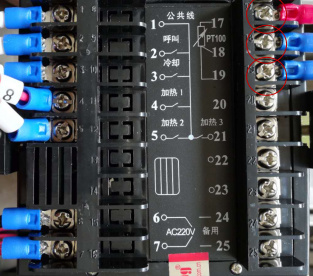FAQ
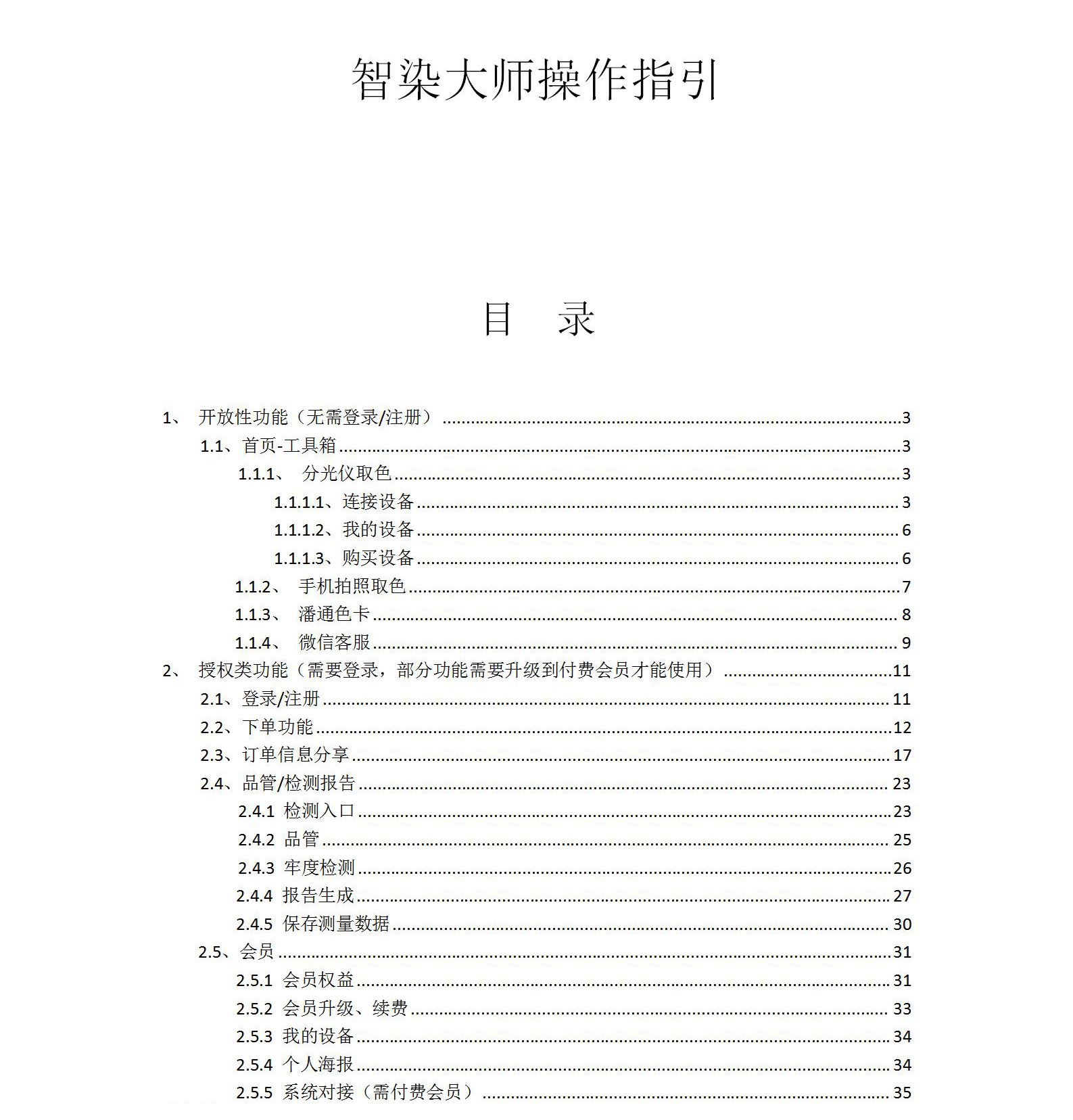

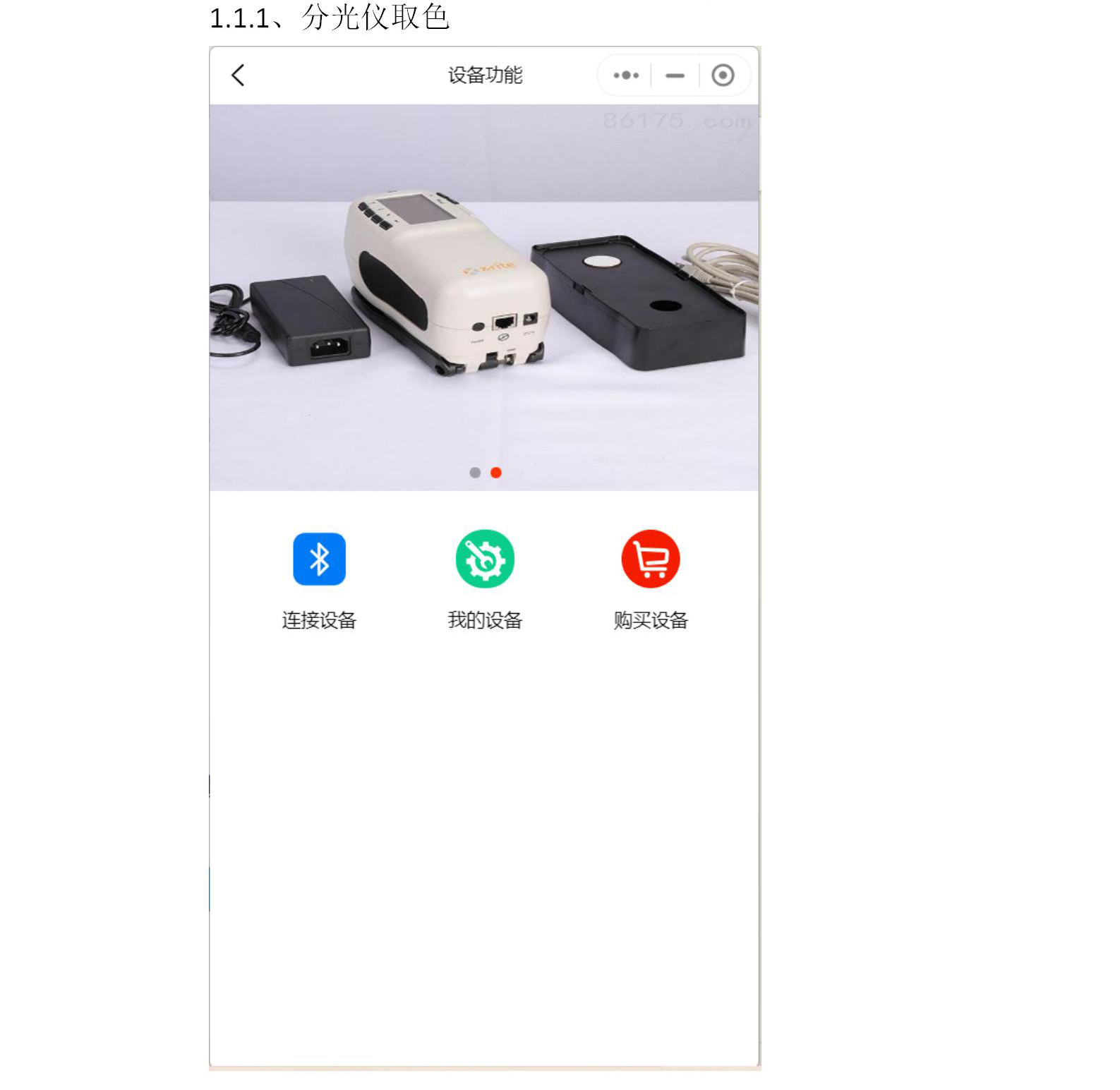
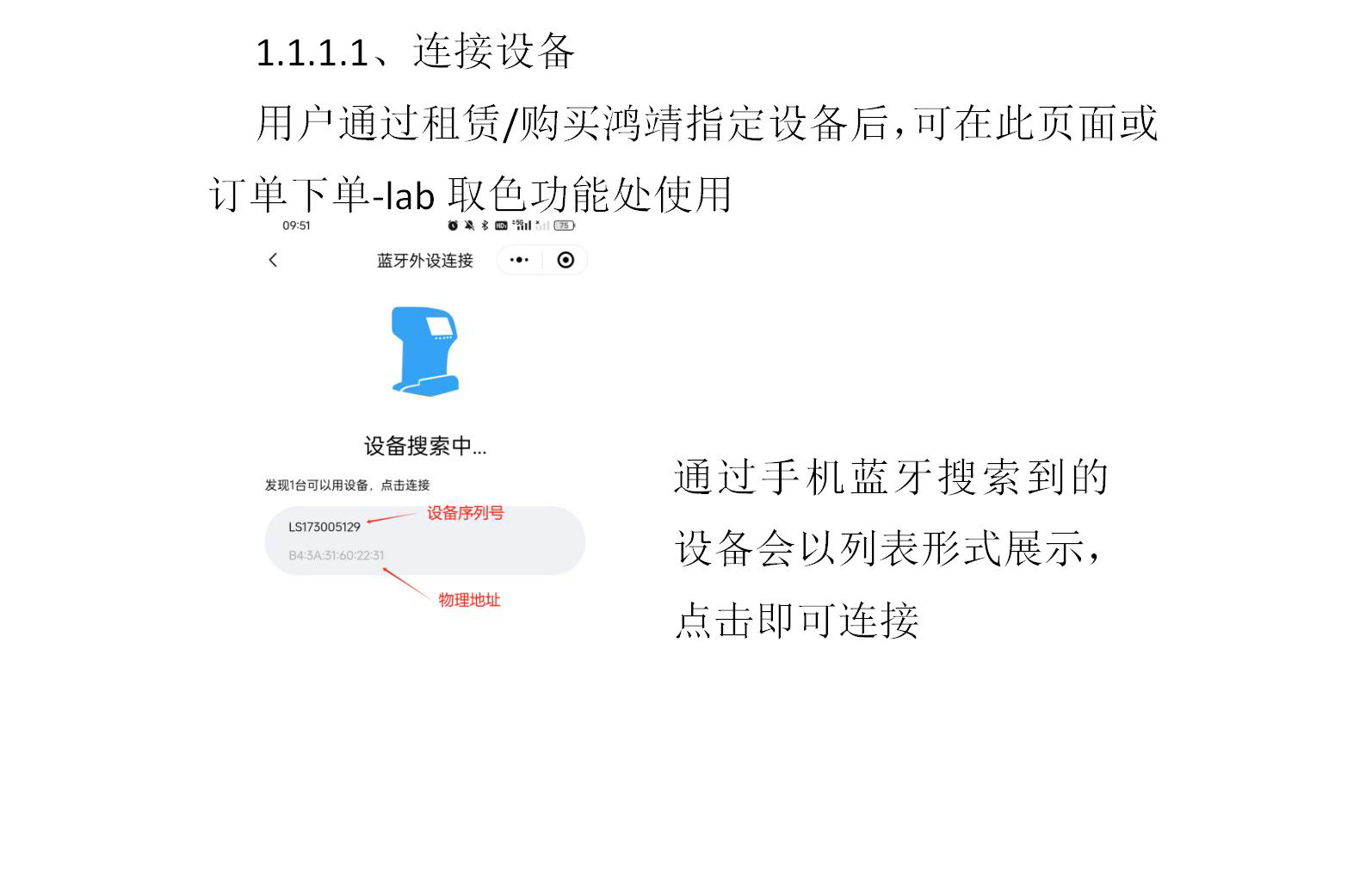


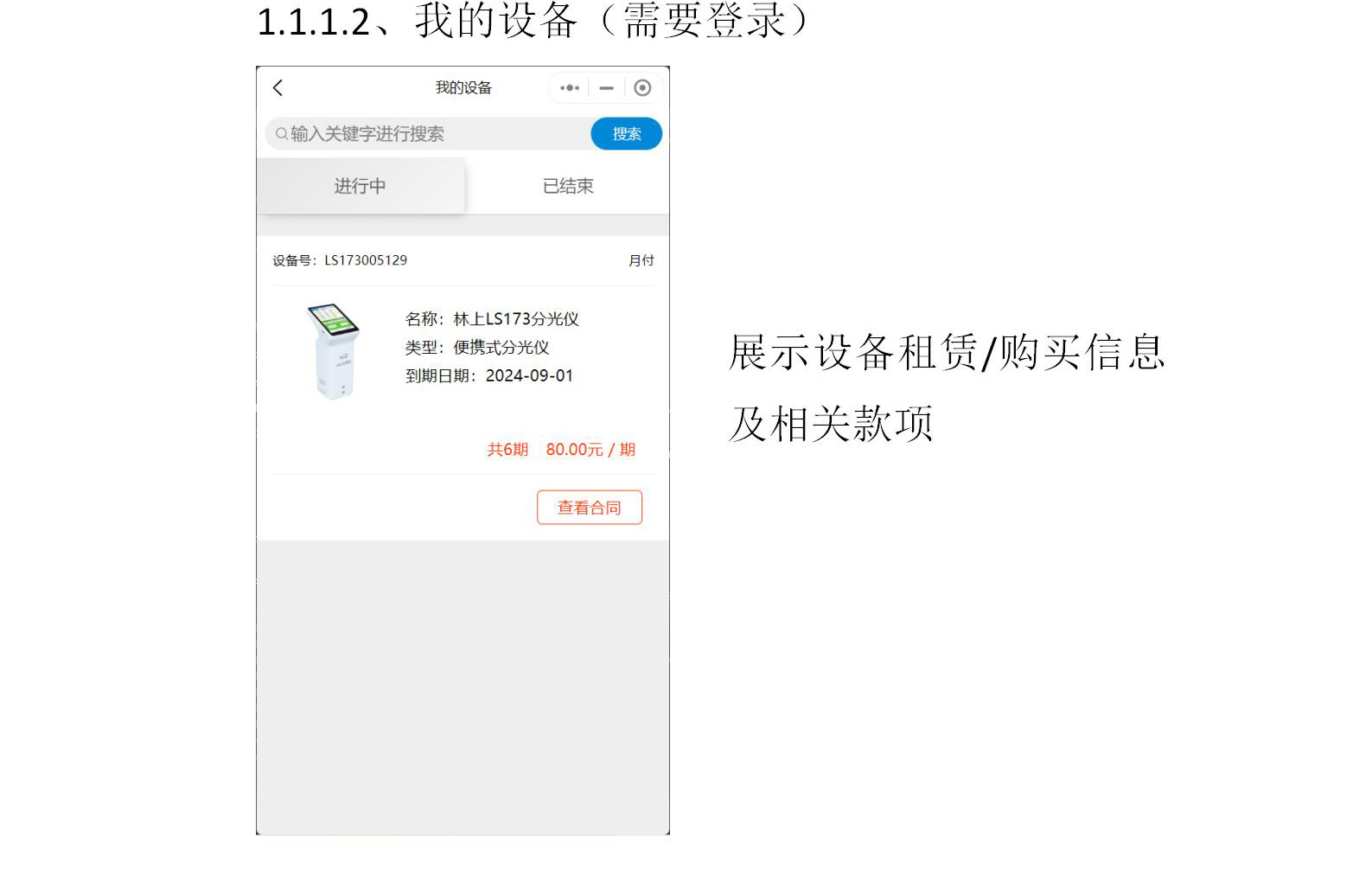
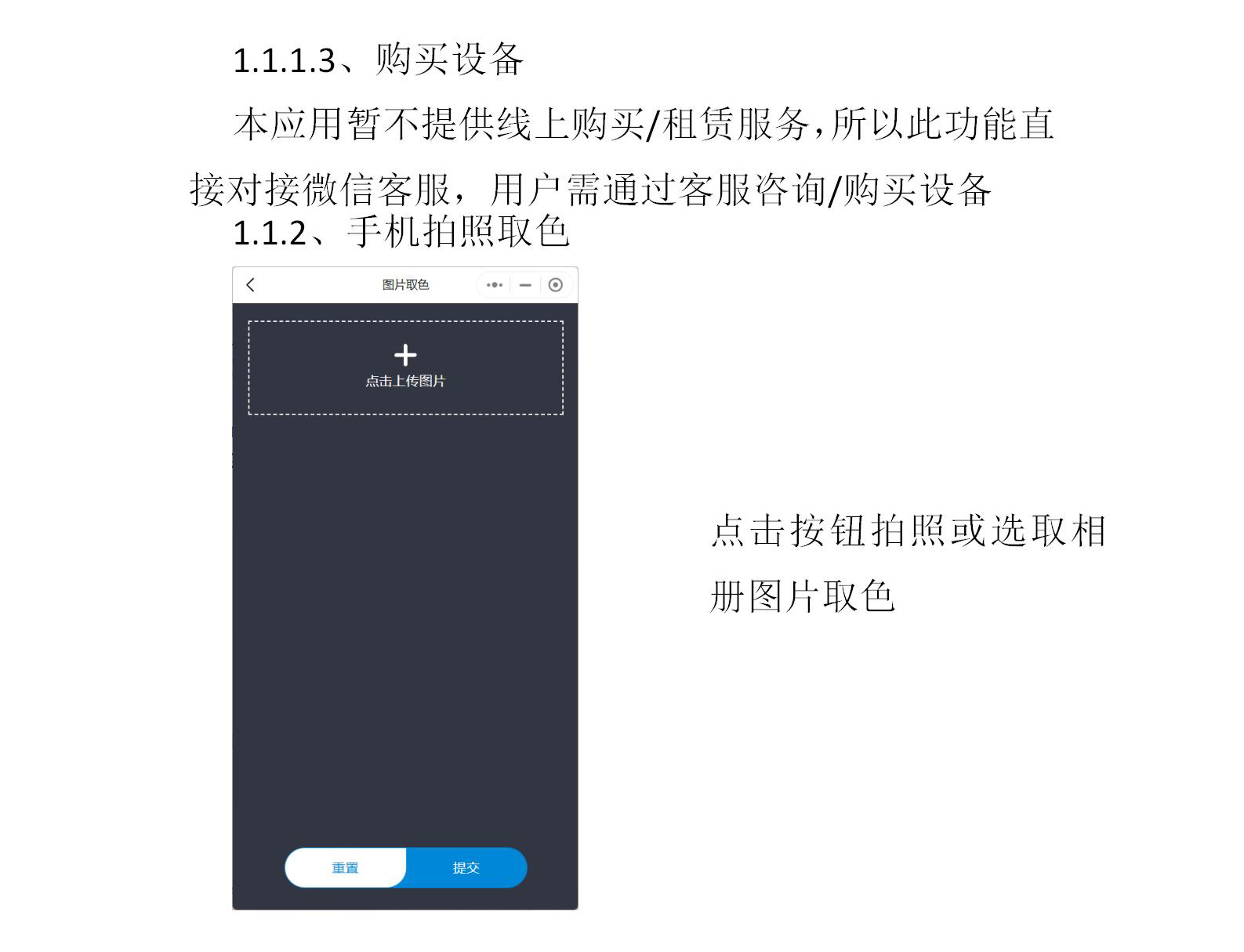


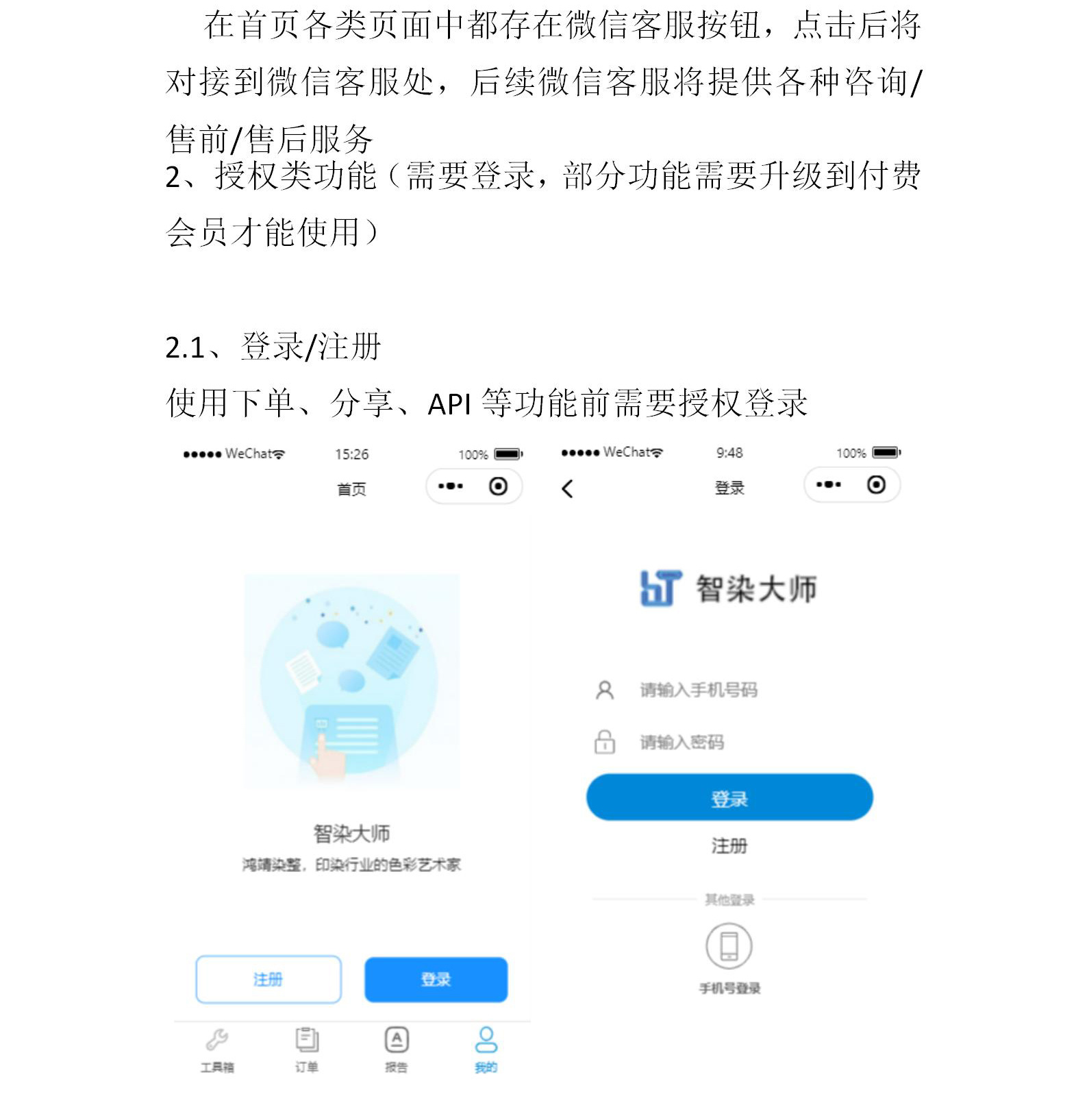

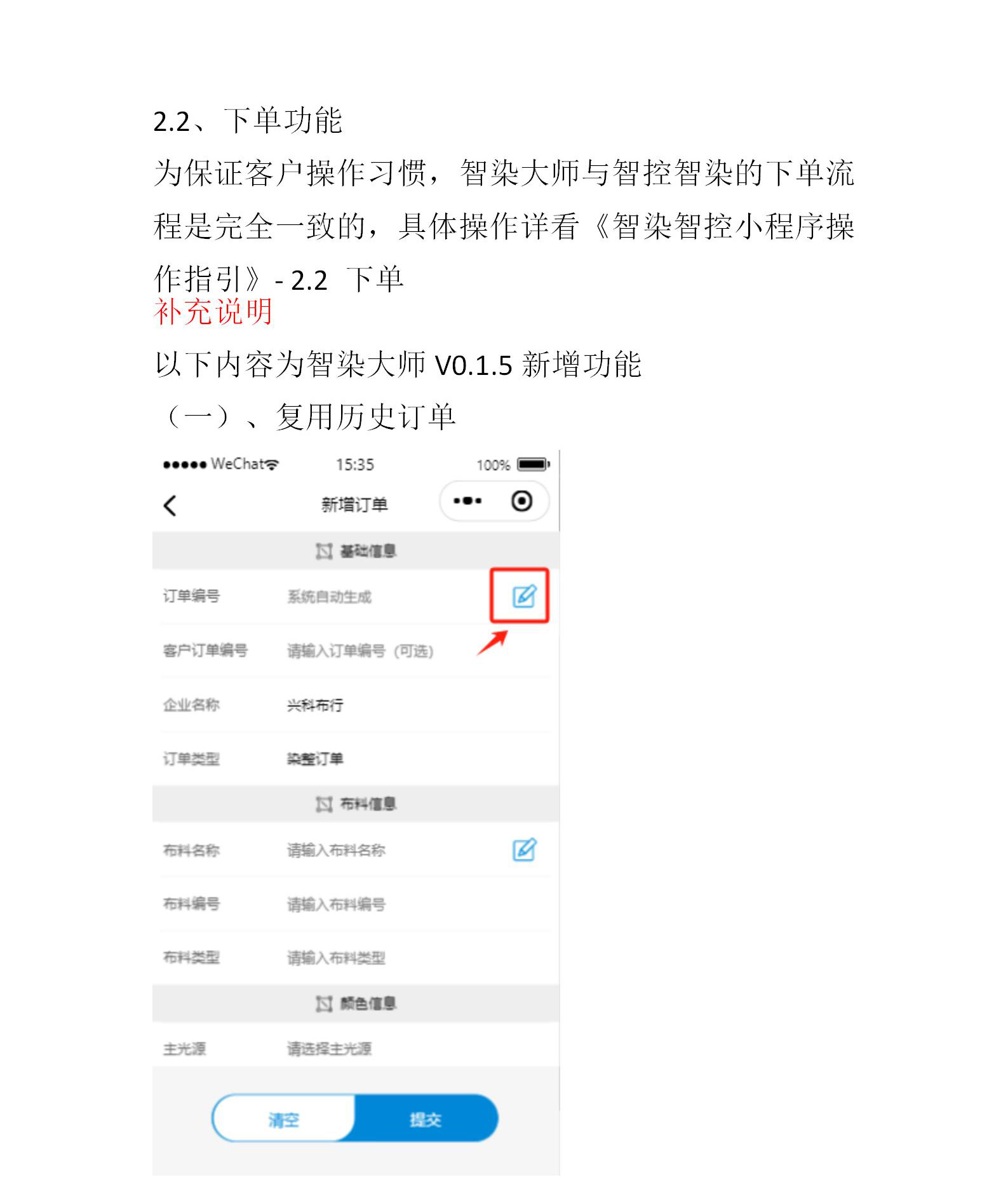

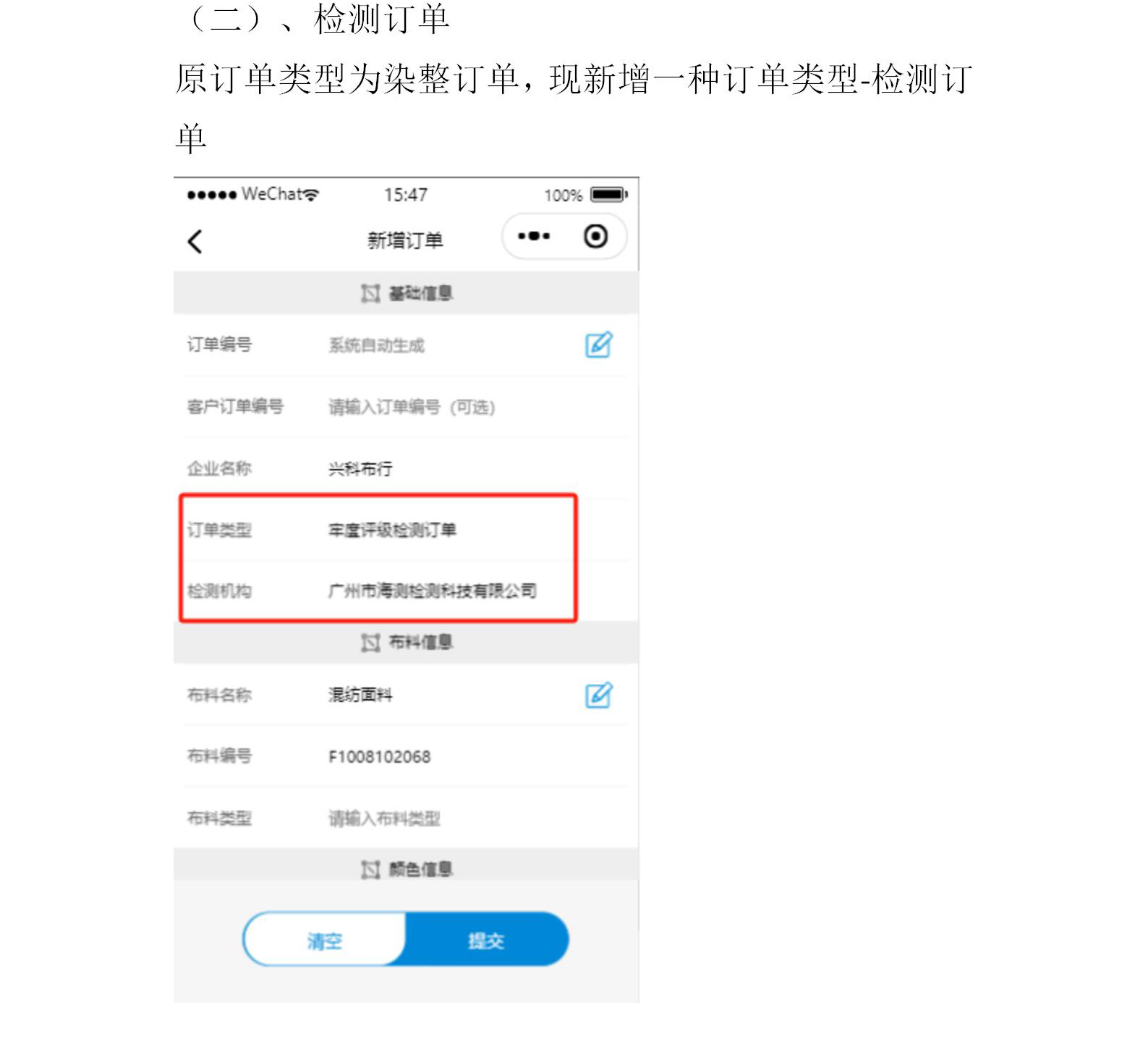


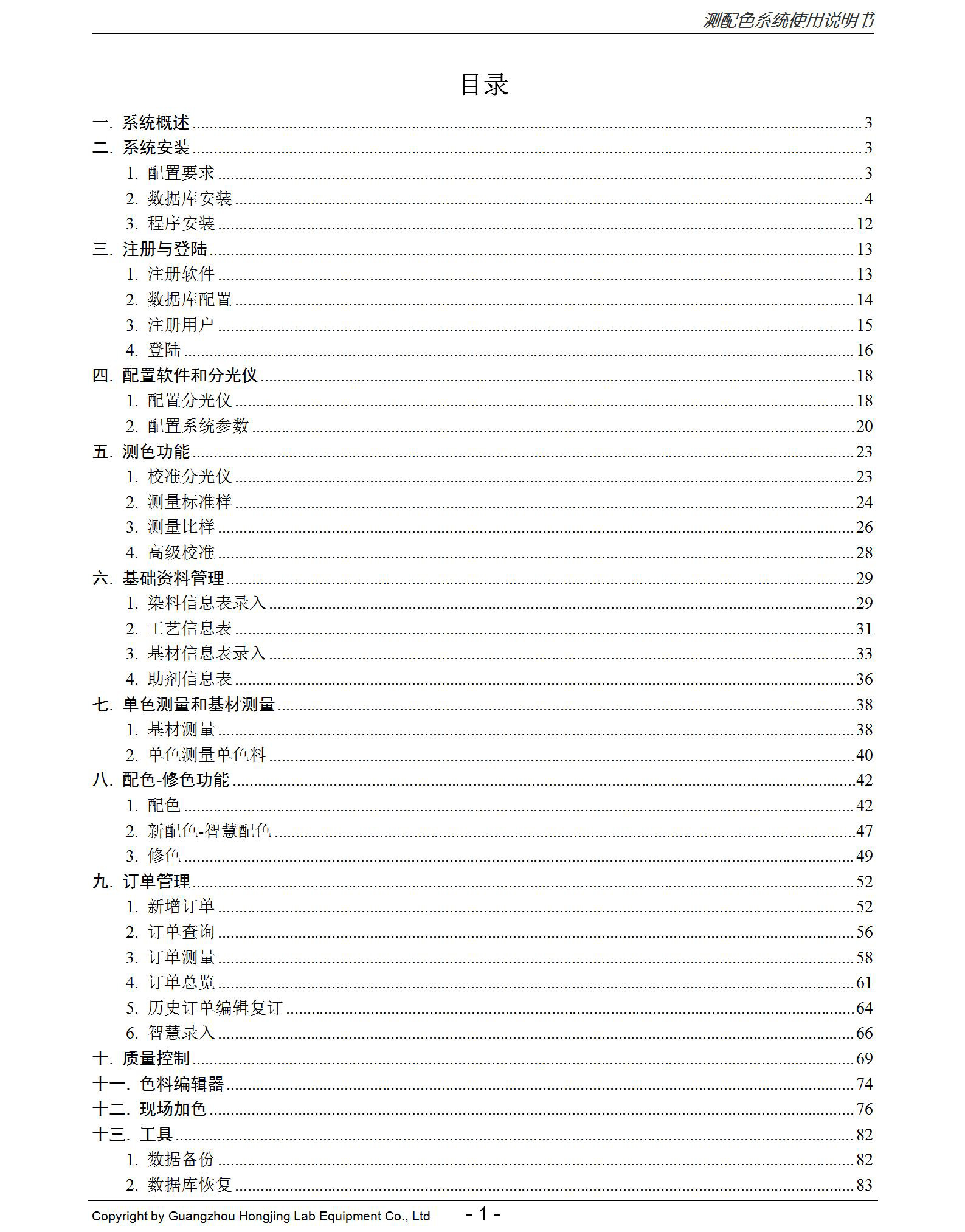

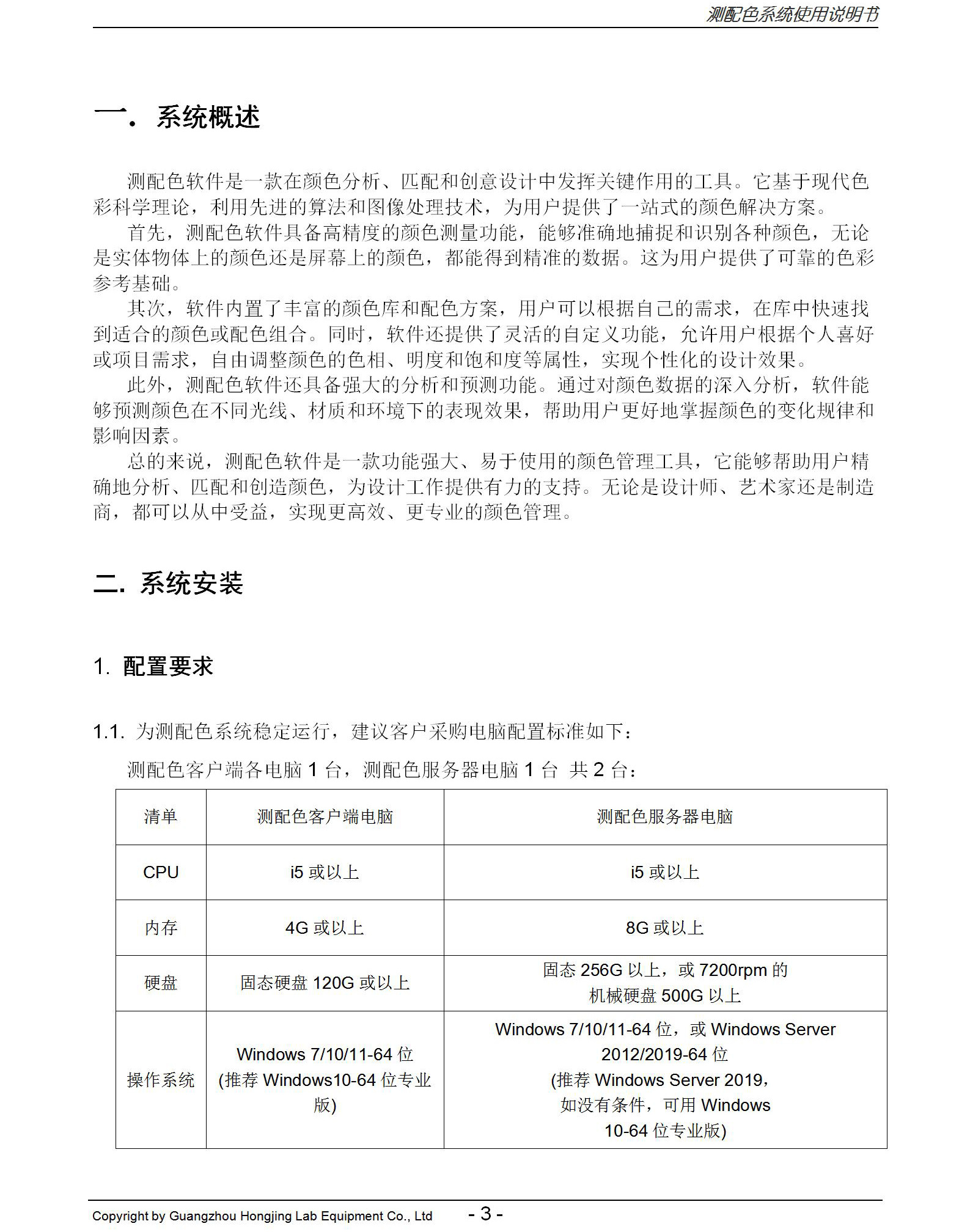
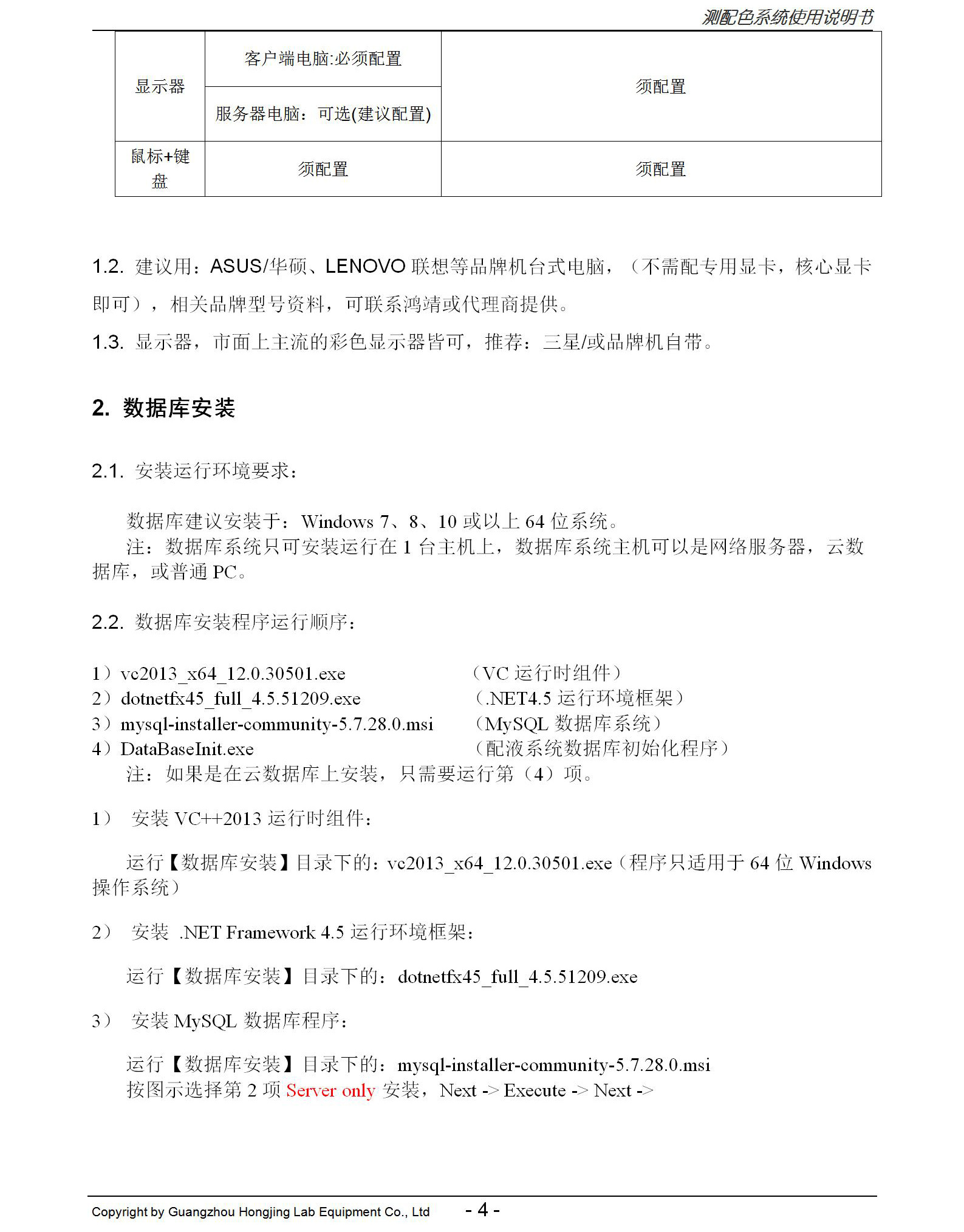
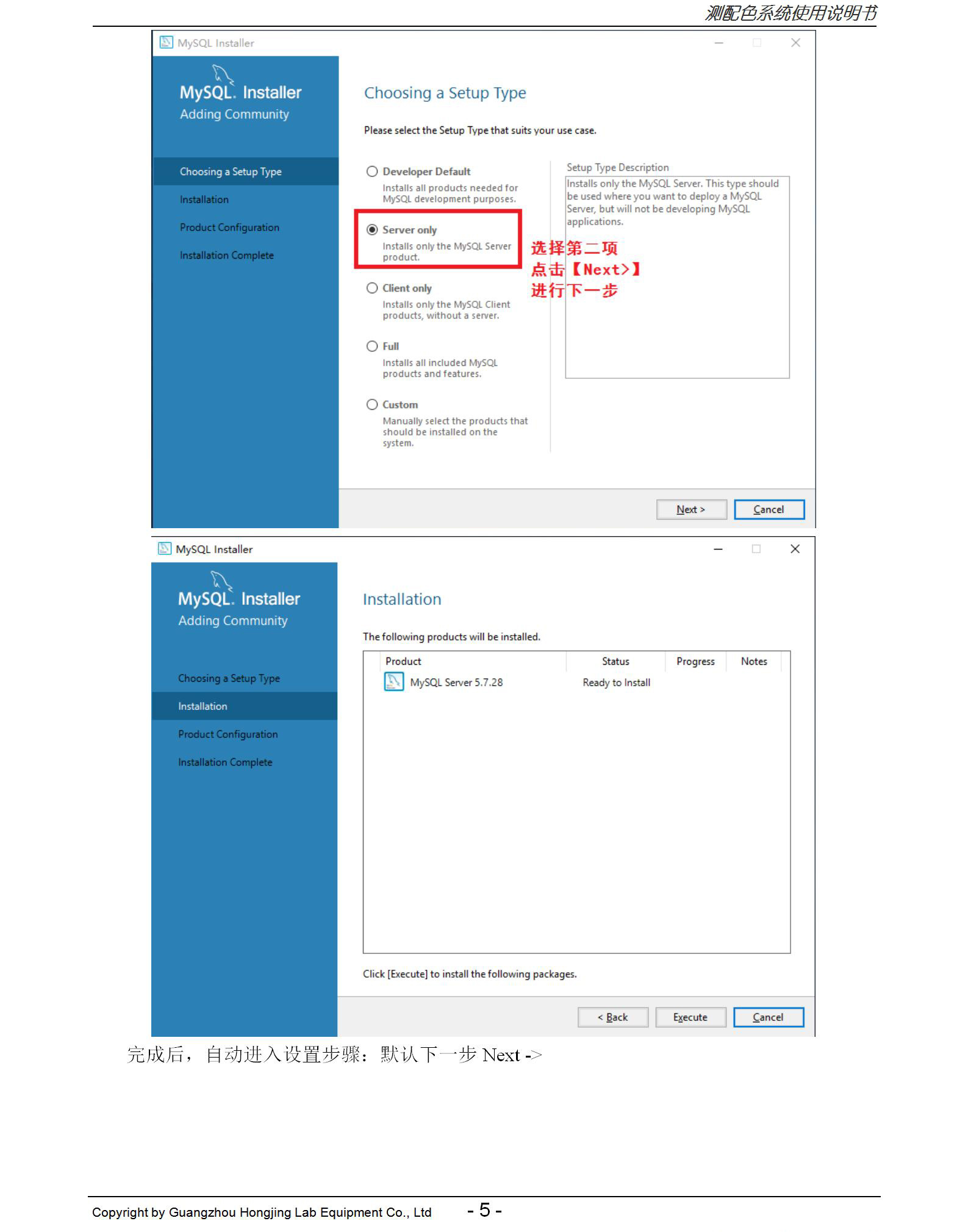
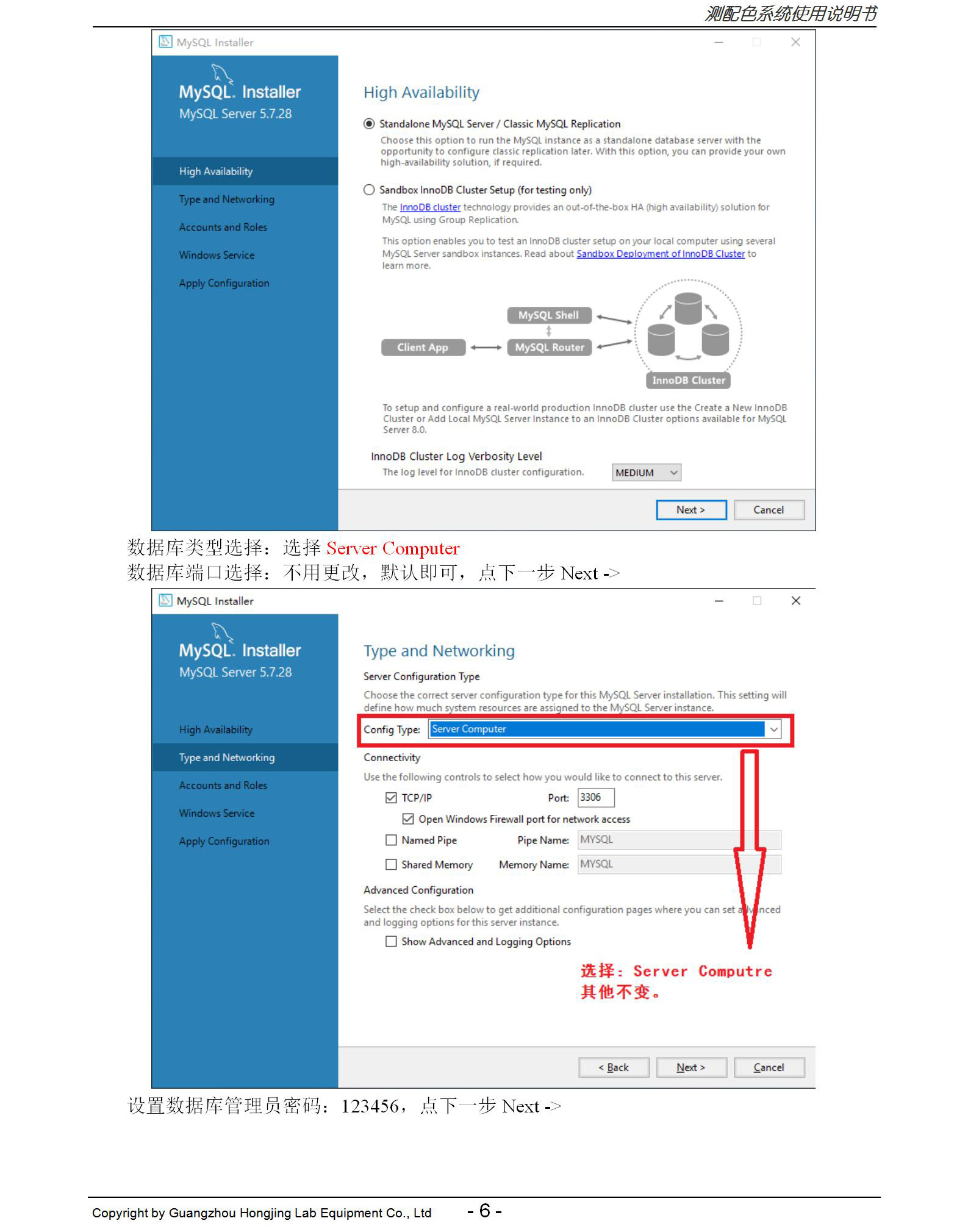
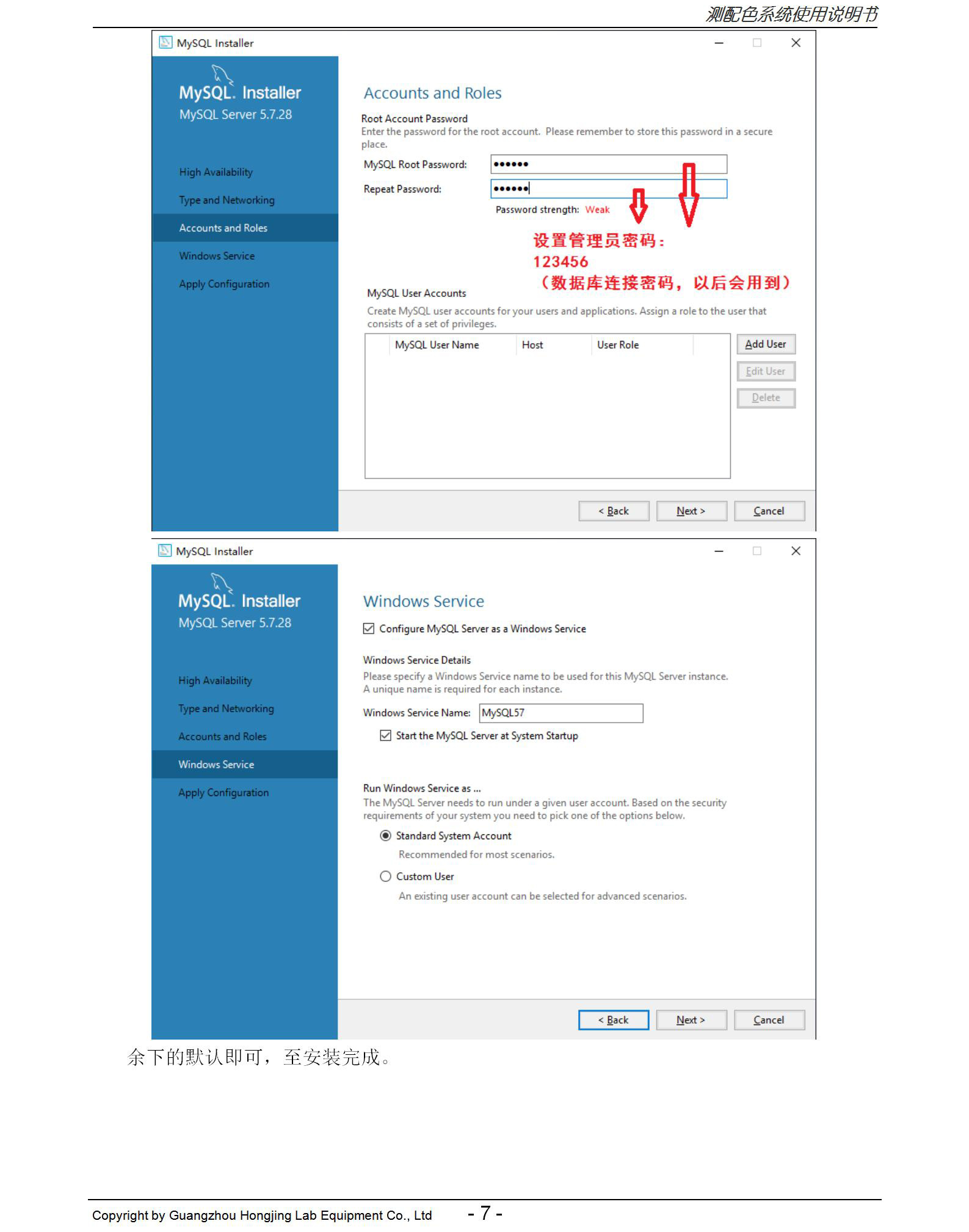
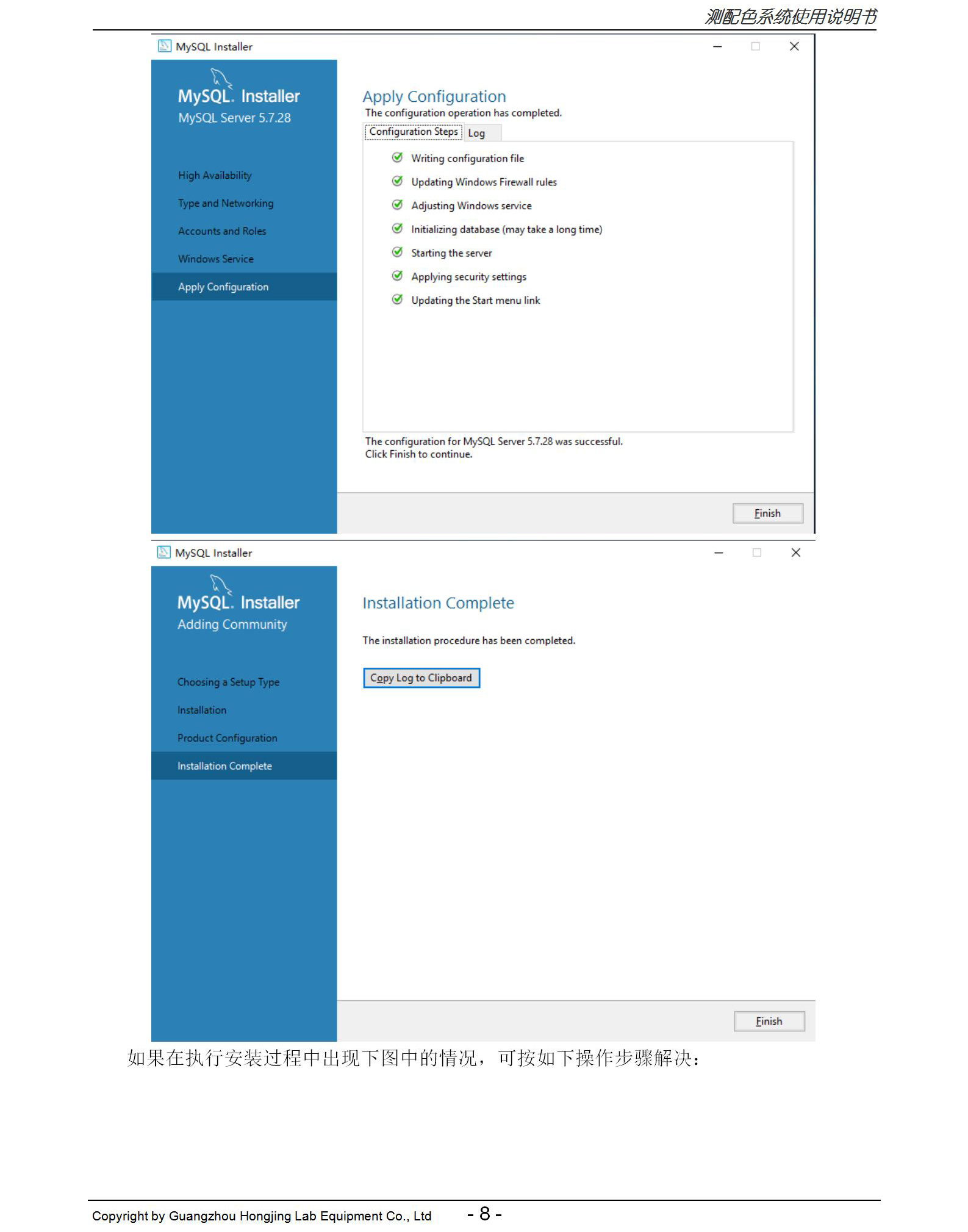
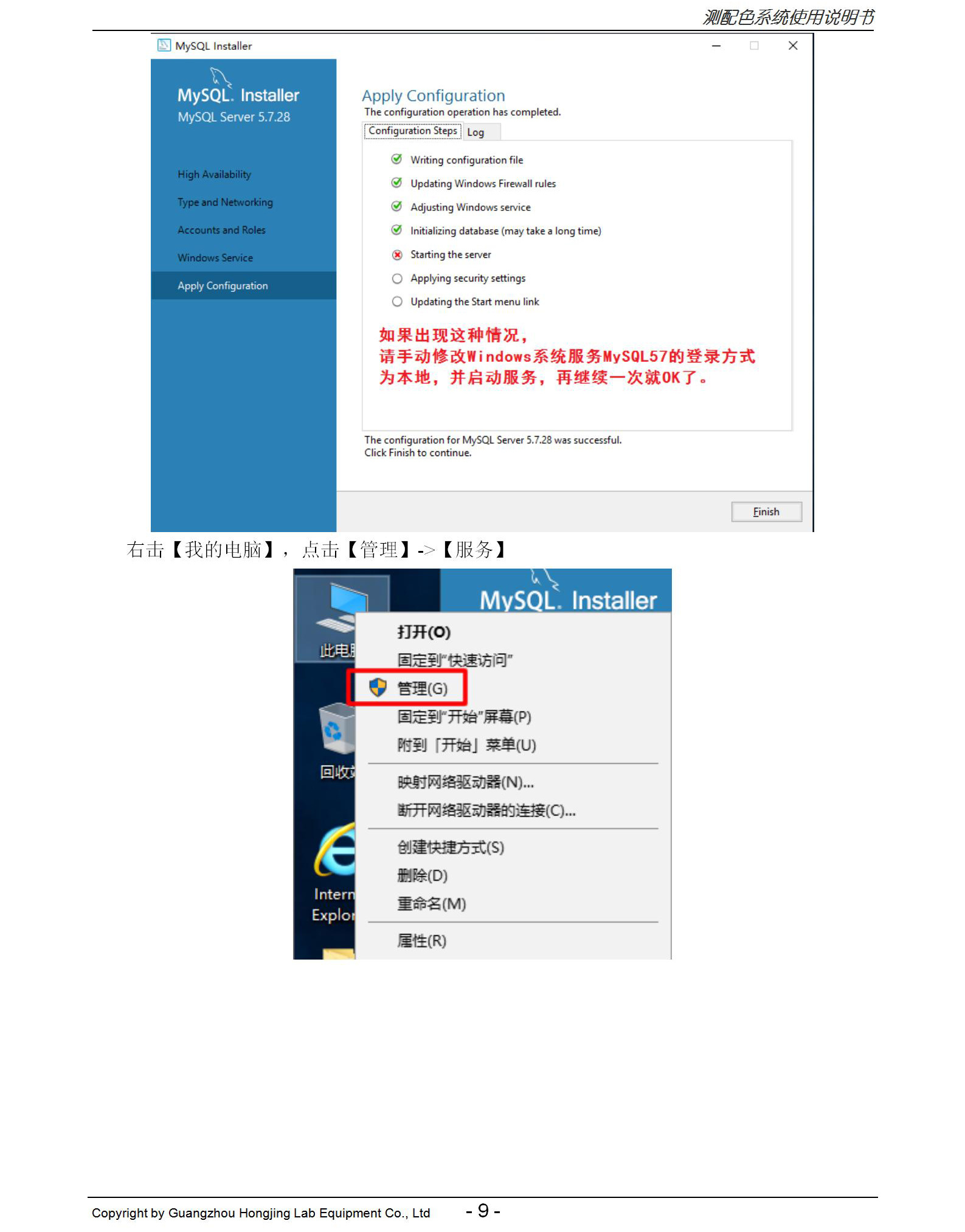
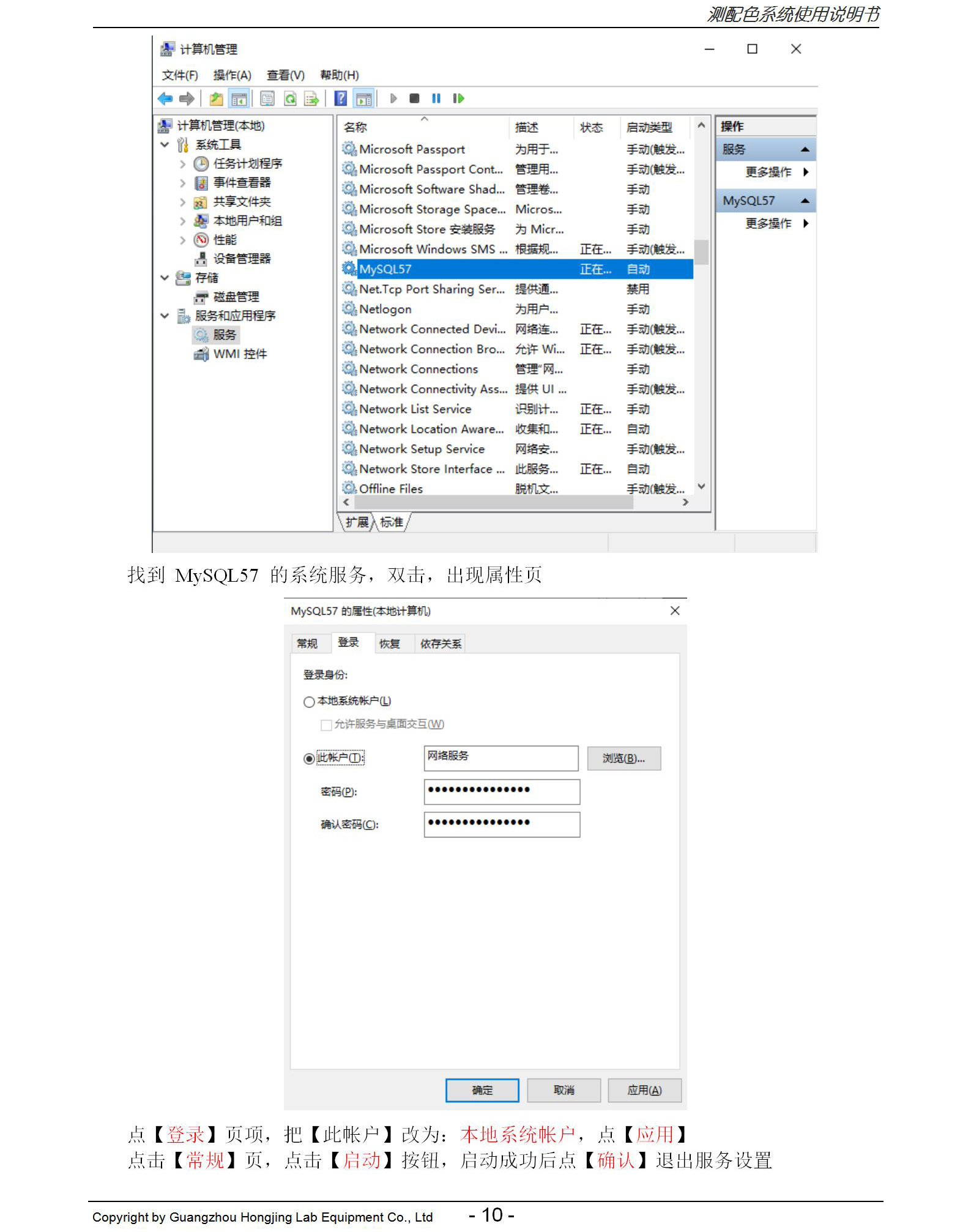

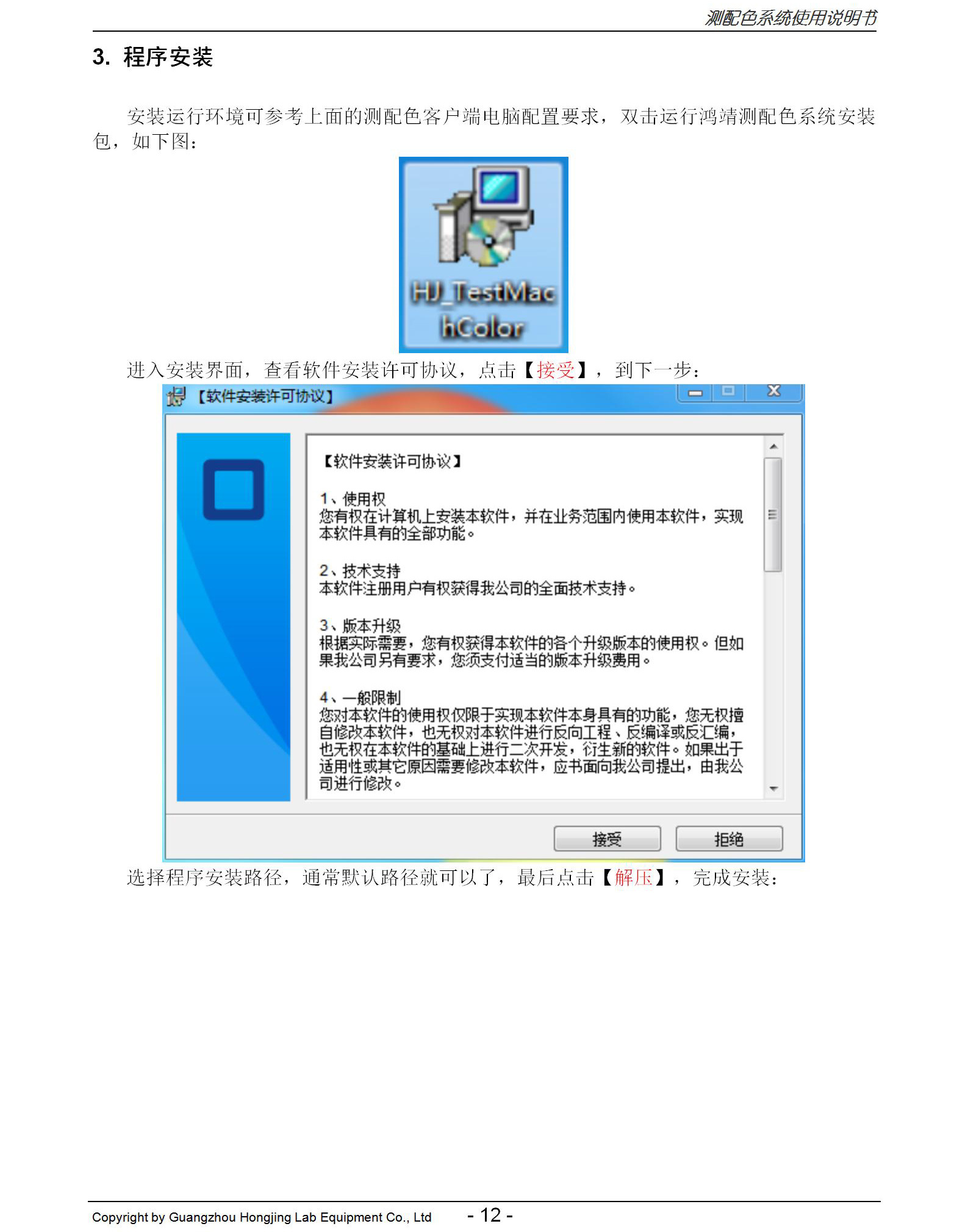
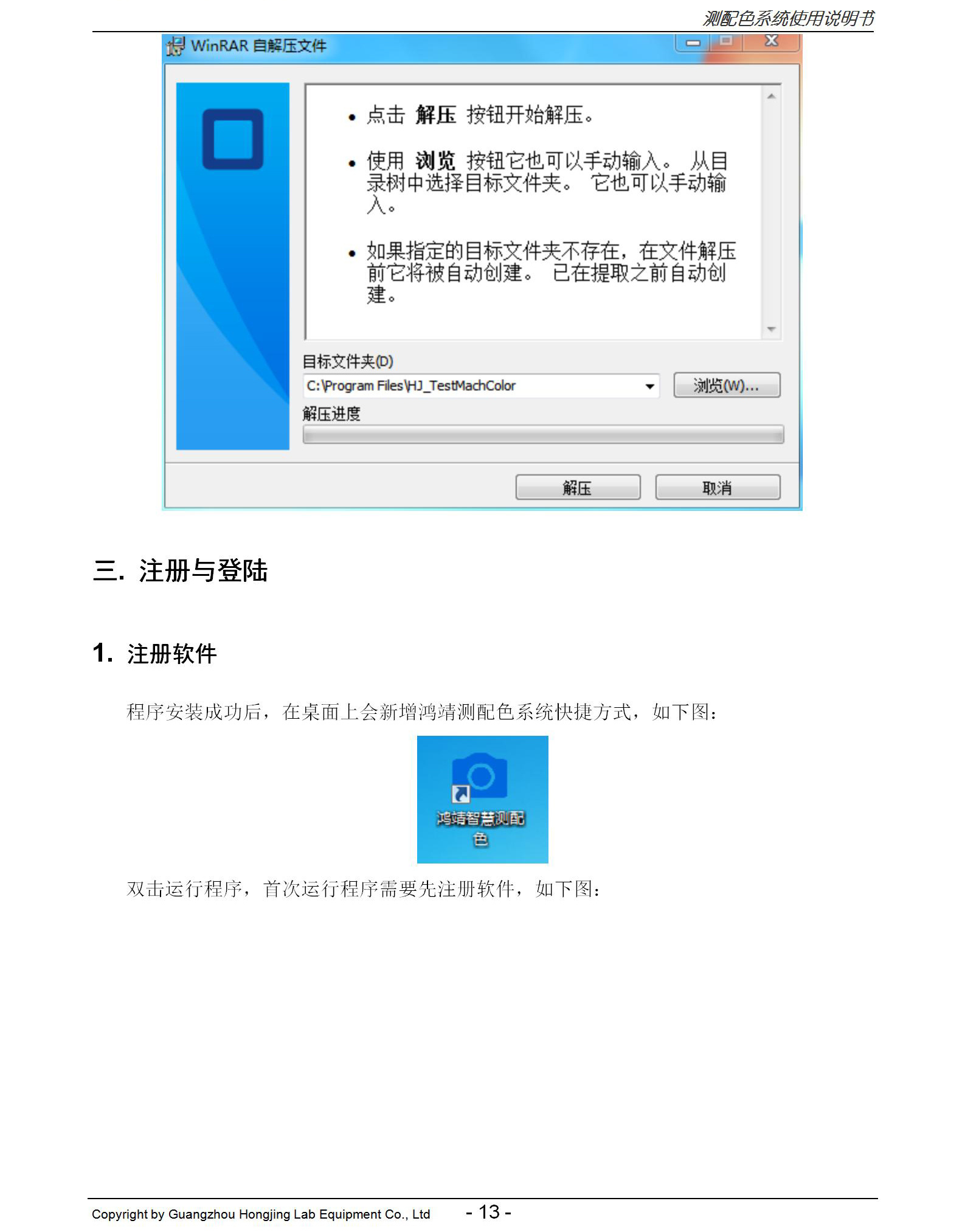


Situation 1: Motor running, turntable not turning:
1. Check if the belt or pulley is loose.
Remove the machine cover on the right side of the machine and observe whether the belt slips between the belt and the pulley when the machine is running (as shown in the red circle in the figure below). If it does, please retighten it.
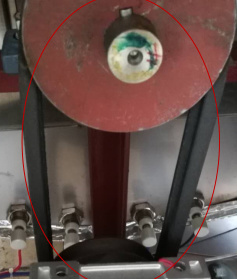
2. Observe if any dyeing cups have fallen below the turntable inside the machine (as shown by the red arrow in the figure below). If so, please immediately turn off the power and remove the dyeing cups.

Situation 2: Motor not turning:
1. Check if the motor is overheated due to overload relay protection or if the motor contactor is damaged. If the protection is activated, please reset it. If there is no protection, and the contactor cannot be normally engaged, the contactor is damaged and needs to be replaced (as shown by the red arrow in the figure below).
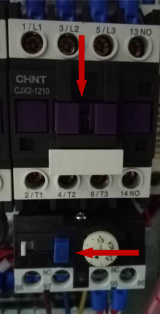
2. If the motor still does not turn after the above check, the motor may be damaged and needs to be replaced (observe the location indicated by the red arrow in the figure below).
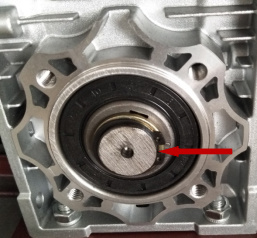
Situation 1: Unable to heat up or heating is slow.
1. Check if the panel heating switch is turned ON (as shown in the red circle in the figure below).
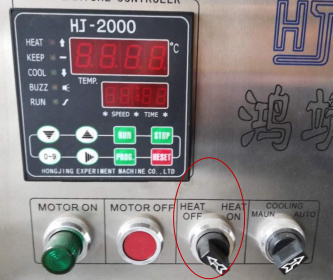
2. Check if the two contactors are engaged (observe the red arrows in the figure below). If engaged, use a multimeter in voltage mode to measure whether there is voltage input and output at both ends of the contactor (measure the two ends enclosed in the red box). If one of the contactors is not engaged or there is voltage input but no output, the contactor is damaged and needs to be replaced. If the heating temperature rises too fast, the contactor is also damaged and needs to be replaced.

3. Check if the heating tube is damaged: Use a multimeter to measure whether the voltage and resistance of the heating tube are normal (measure the three groups of heating tubes circled in red in the figure below). If the voltage is normal but the resistance is abnormal, the heating tube is damaged and needs to be replaced.

Situation 2: Temperature keeps rising during insulation.
The thermostat shows that it is in the insulation state. Use a multimeter to measure whether the heating end of the thermostat is always connected (terminals 1, 4, and 5 circled in the figure below). If there is always output, the thermostat is damaged and needs to be replaced.
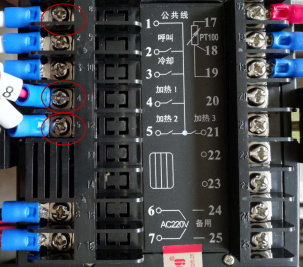
Situation 3: The thermostat displays 0000 or 153℃.
Remove the wiring of terminals 17, 18, and 19 with a screwdriver (as indicated by the red circles in the figure below). Use a multimeter to measure the removed wires separately. The results of measuring 17, 18 and 17, 19 should be the same resistance, and the measurement of 18, 19 should show continuity. If not, the probe is shorted or open, and needs to be replaced.
